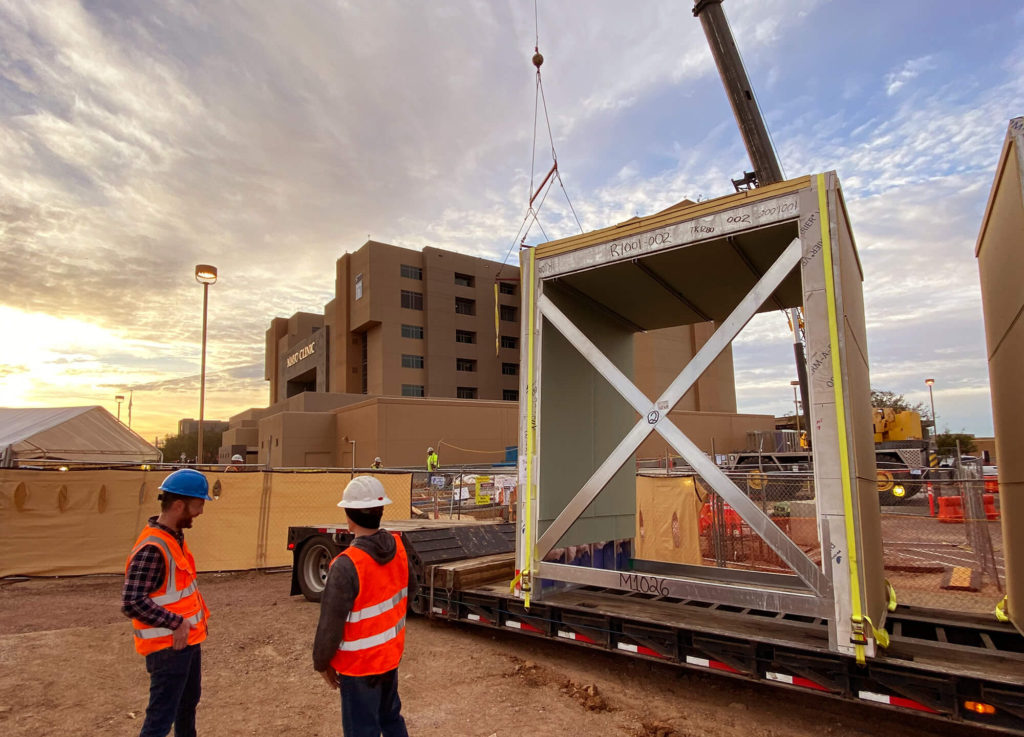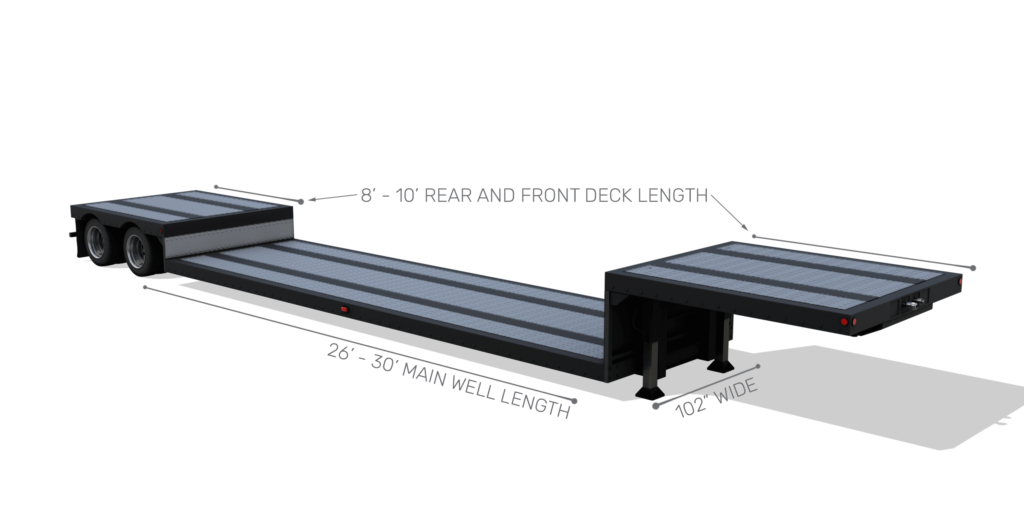
Share this Article     | There’s a lot that goes on behind the scenes before your over-dimensional or heavy haul freight can hit the road. To get a sense of what it takes so you can save money, help ensure your shipment is on time, in sequence, and intact, and ultimately have the best outcome possible, here’s a snapshot of what carriers have to do to prepare. When shippers and carriers work together, do their part, and understand the process, everything runs smoother. In this post, you’ll learn the three steps carriers take to prepare for the seamless transit of your High Stakes Freight. Step One: Gather Precise Details As part of their initial work, trucking companies must first gather all the details about the shipment. They’ll need to know the exact dimensions of the freight down to the inch because even just a few inch difference could completely change the considerations, permitting, and legal process they must go through. Weight is also an essential factor that must follow legal guidelines and could impact permitting requirements. Once a carrier has all the details of an over-dimensional shipment, they’ll determine which states the freight must cross during transit. Permits are given at the state level, and each state has different requirements and different permitting processes. This means that the same shipment may require different permits, pilot cars, transit times, and other required safety measures state-by-state. Before they can provide a cost estimate, part of a carrier’s job is to gather all the details about the shipment and research each state’s permitting requirements. This will allow them to determine if escorts, pilot cars, height poles, lights, flags, or even police escorts are required in any of the states your freight passes through. So, naturally, this impacts the pricing and planning of the trip. Step Two: Calculate Transit TimesOver-dimensional and heavy haul freight may also encounter travel time restrictions. For example, in some states, Over-dimensional and heavy haul shipments can only travel during daylight hours on weekdays, excluding certain holidays. This is critical information when calculating transit times and aligning them with a construction schedule. Some permits also dictate which route the carrier must take since each state’s Department of Transportation knows the constraints of their road systems, like bridge heights, road widths, and turn radii. Because permits are state-specific, the exact routes provided by each state may not align when crossing state borders. So, for example, if you’re in Arizona and crossing into New Mexico, Arizona’s route may take you on one highway, but the required entry into New Mexico may be on a different one. Situations like these require drivers to plan safe routes ahead of time to get from one assigned highway to the other quickly and safely. But wait, there’s more! Yet another part of a carrier’s process is to research and procure city permits. In addition to state permits, many cities now require permits for over-dimensional and heavy haul freight that leaves the federal highway and enters the city roadways. Unfortunately, the state Department of Transportation doesn’t relay information about city requirements, so sometimes this knowledge isn’t discovered until a driver’s already en route. Step Three: Understand the ProcessAll these considerations are required for a trucking company to give an accurate quote that we then, in turn, use in our final proposal. Precise details up-front are critical to getting accurate pricing and transit times.  Once we secure the shipment, our carrier partner moves into the next phase: Obtaining State Permits. These permits are only valid for exact freight dimensions, so if they’re inaccurate, the permit won’t be valid if the driver gets pulled over or is inspected at a checkpoint or weigh station. This could cause a delay until a valid permit is acquired (which can take a while, especially in certain states). This delay is avoidable if you communicate accurate and precise dimensions and weight from the start. As a shipper, to ensure a smooth logistics process from start to finish, adhere to your carrier partner’s timelines. It takes time to obtain the permits necessary to travel. Time is also needed to source the difficult-to-find specialty trailers required to move over-dimensional or heavy haul freight. Carriers have their work cut out for them—even just to scope out an over-dimensional or heavy haul job. But, when we all work as a team to provide timely and precise details, we help ensure everyone’s stress-free success. And, with our Transit Buffer in place, if anything unexpected were to happen along the way, those delays and intricacies still won’t affect construction timelines. That’s how everyone wins. To learn more about how Stream Logistics can help make your next High Stakes Freight project a success, reach out. |
| Have questions about carrying your load or freight? Our expert logistics team will gladly help with a free 15 minute consultation. | Get Expert Advice |